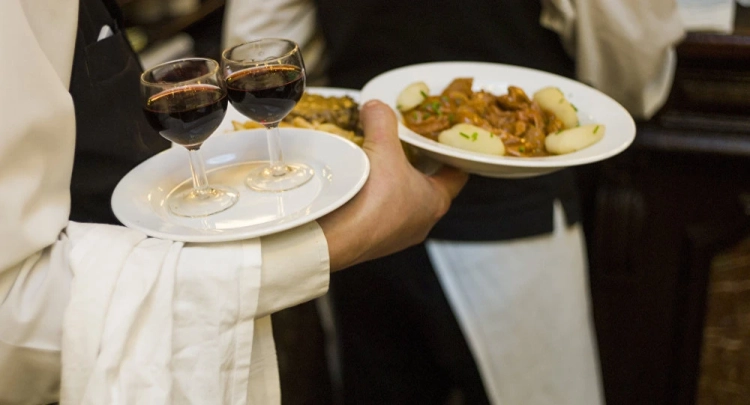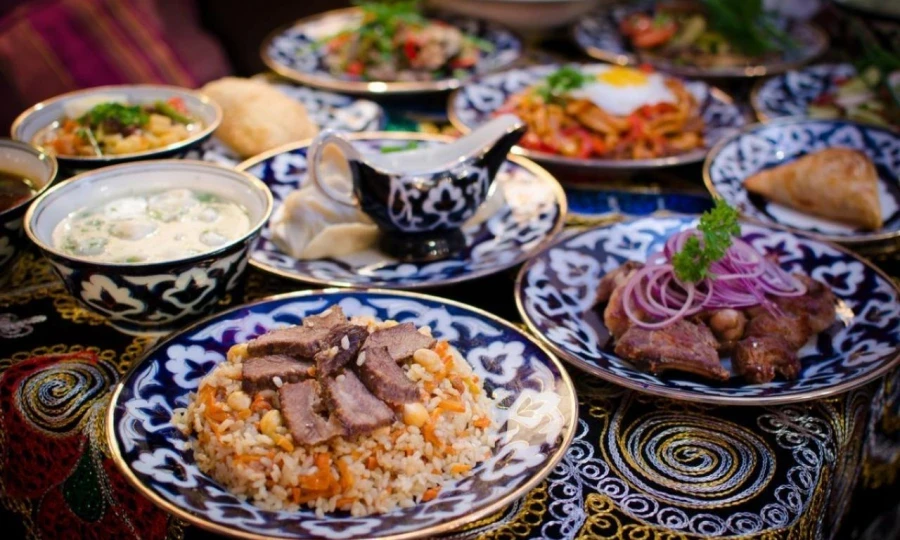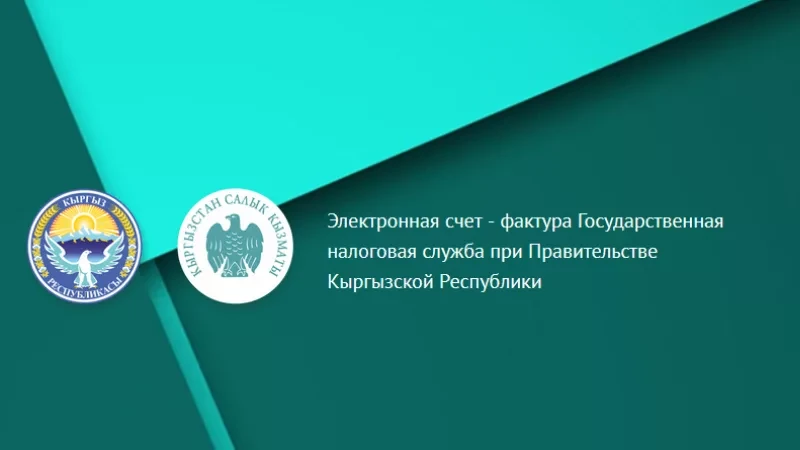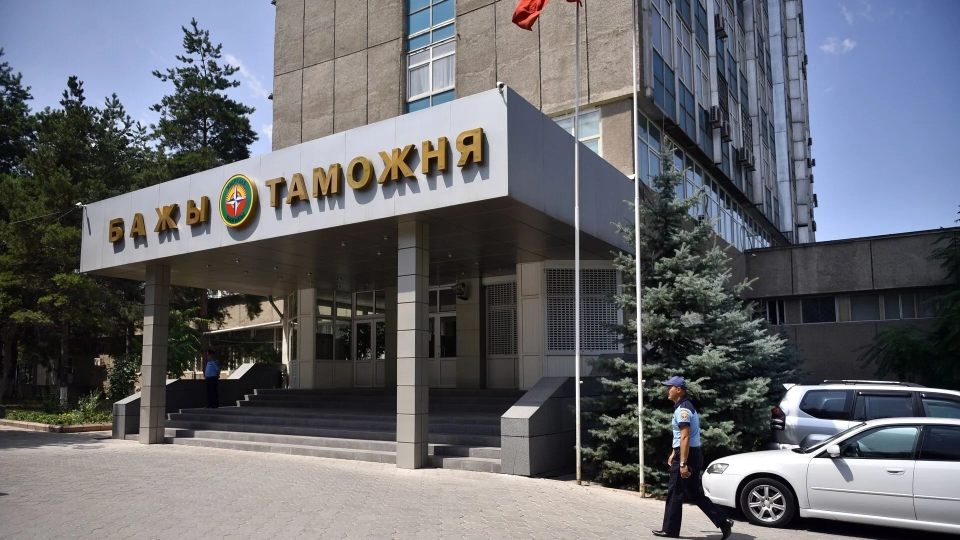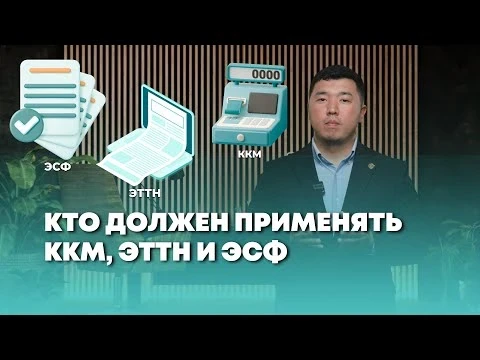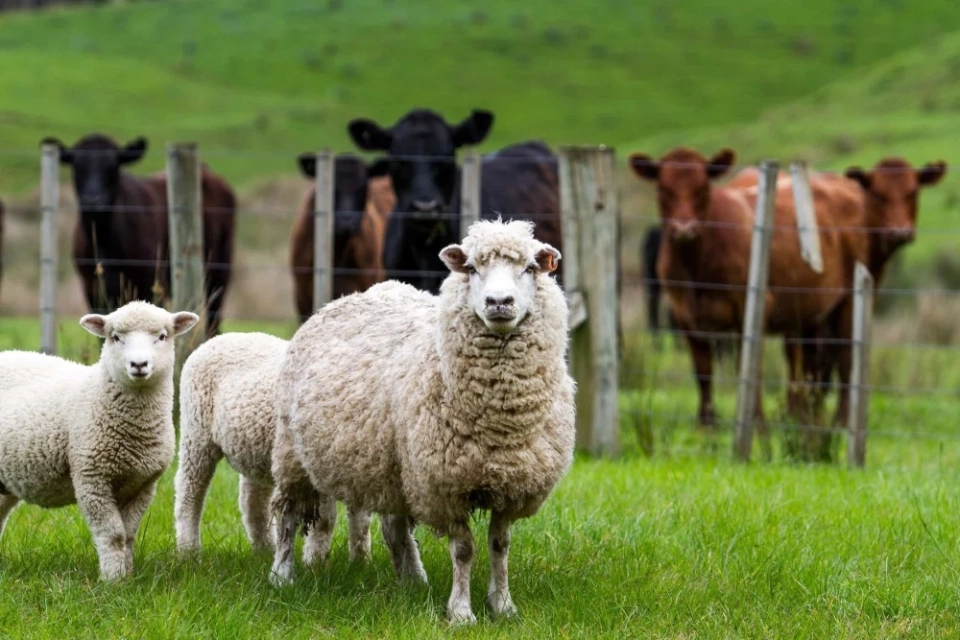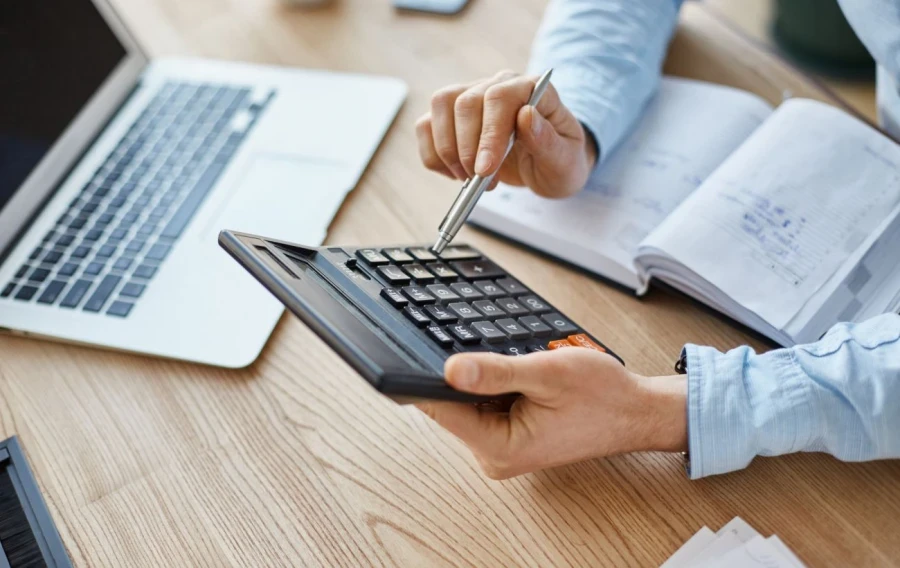
As of today, taxpayers have the right to choose how to display the service charge:
- as a separate line labeled "service";
- or as a markup on the cost of goods or services, which is also considered part of the service.
For example, in one restaurant, the price of a dish is 500 soms, with an additional 10% for service — that’s 50 soms, making the total amount 550 soms. (Sample No. 1)
In this case, the KKM receipt will contain two lines: the price of the dish and a separate line for "service." The service charge will be indicated separately and transmitted to the fiscal software system as a separate item.
In another cafe, the same dish may cost 550 soms, where the service markup is already included in the total amount. In this case, the receipt shows the price of the dish and the markup in one line. (Sample No. 2)
Both methods are permissible and can be applied at the taxpayer's discretion depending on their accounting policy. The main condition is the correct display of all transactions in the fiscal receipt.
It is worth noting that the Tax Service is implementing a pilot project aimed at using fiscal software with the function of automatic data transmission to the GNS.
The goal of this project is to increase the transparency of transactions in the catering sector and to transition the process to a digital format.
As part of the pilot, business processes in the catering sector have undergone some changes: before starting the payment, it is necessary to choose a payment method — cash or cashless.
Additionally, the KKM receipt generated by this software will contain all mandatory details required by law.
It is important to note that changes in the pricing policy of taxpayers are not caused by the implementation of fiscal software. This system only records and ensures the correct display of all transactions in the accounting data.

